References
| ↑1 | Comlan, P., Ezinah, F., Wezet, G. N., Anyunzoghe, E. S., & Ossoubita, B. O. (2007). Occupational health and safety problems among workers in wood processing enterprises of Libreville, Gabon. African Newsletter, 17(2), 44-46. |
|---|---|
| ↑2 | Collomb, J. G. (2000). A first look at logging in Gabon. World Resources Institute. |
| ↑3 | Guidosse, Q., Du Jardin, P., White, L., Lassois, L., & Doucet, J. L. (2022). Gabon’s green gold: a bibliographical review of thirty years of research on okoumé (Aucoumea klaineana Pierre). Biotechnologie, Agronomie, Société et Environnement, 26(1). |

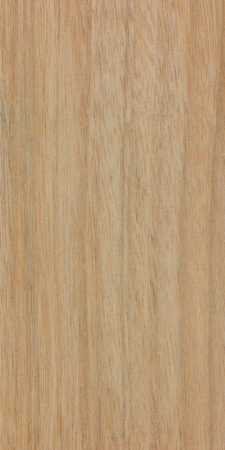
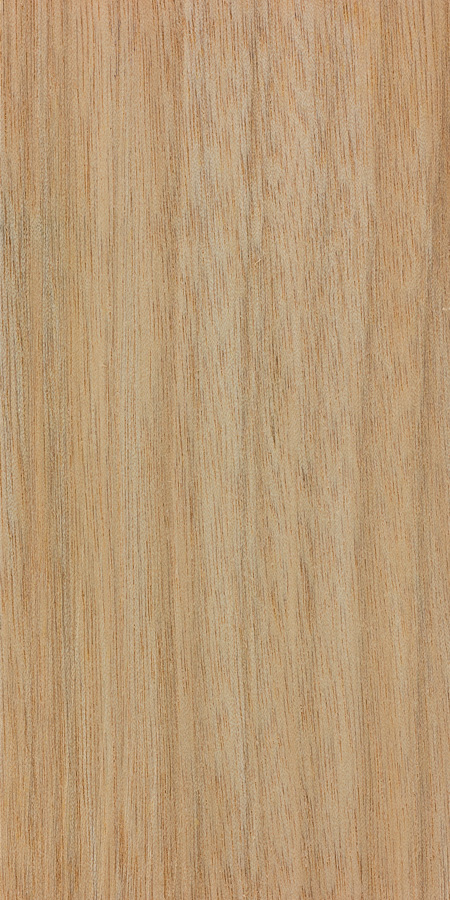
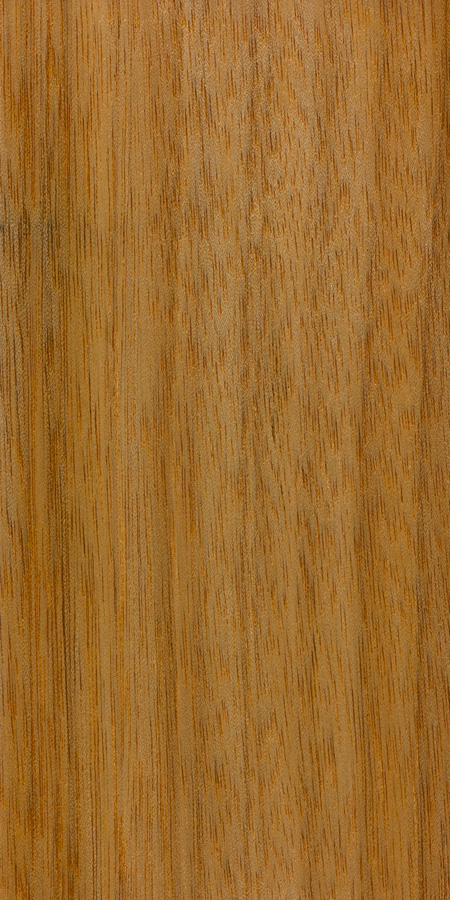
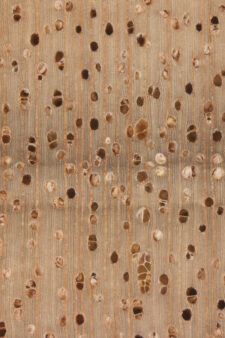

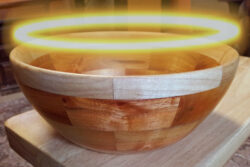
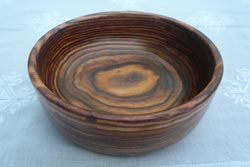
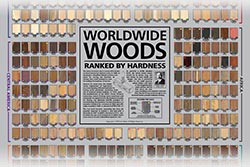
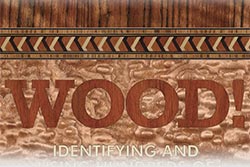



Great wood for carving. Impossible to plane using standard 30° bevel angle, I managed using a 50° bevel. Due to it’s soft nature you’re able to flatten a board just merely with a sander, belt sander would be over kill.
Turned a bowl with alternating okoume and walnut. I was very well pleased with the result. Okoume did have a wavy appearance when finished with a friction polish.
This is my woodturning project, shisha mouthpiece – Okoume with resin.
Id say the odor is pretty strong, even if its not being worked. Is is sweet, very distinctive smell.